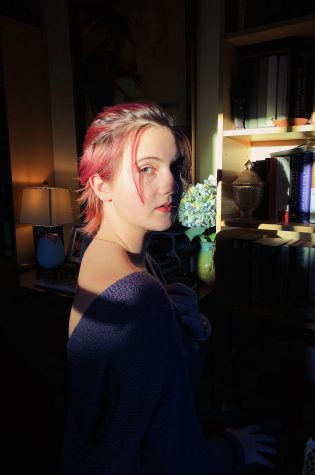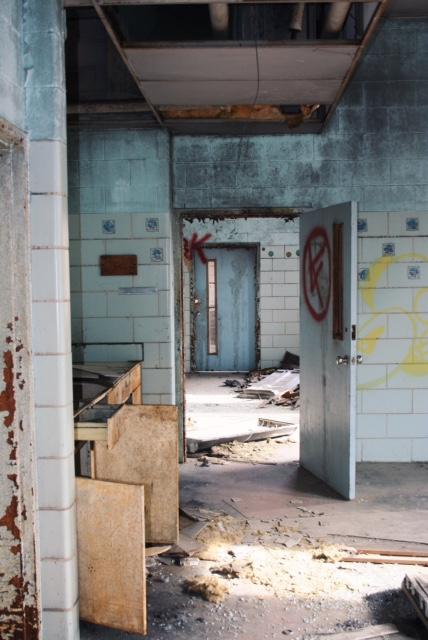Sophomore explores urban ruins of East coast buildings
Graffiti covers the crumbling walls of an abandoned asylum. The remains of what the building once was lay scattered and broken throughout. A rat scurries by over the rotting, creaking floorboards that could cave in at any moment.
No, this isn’t the opening of a horror movie. It’s sophomore Catherine Hodge’s favorite hobby.
Catherine Grace Hodge lives a life commonly used as horror story plotlines, single-handedly exploring and photographing abandoned and decaying asylums, schools, hospitals and more. “I had seen a lot of those types of pictures, I was really intrigued, and I wanted to become a part of it,” Hodge said.
She grew up around photography, with her mom being a photographer, and picking up photography herself in eighth grade. “I can’t paint or draw, and I’m jealous of people who can,” Hodge said. “For me, photography is like trying to tell a story without using words.”
As for urban exploration, Hodge started small. “I started going to places with low risk, but also low reward. If you start small and work your way up. It makes it easier,” Hodge added. “Urban exploration is a super secretive scene, no one posts locations, no one shares addresses, no one helps you…but once you become a part of it, it’s this great community.”
But, of course, higher reward means potentially more danger. “Mold and asbestos are what terrifies me the most…they’re really common in old and decaying buildings,” Hodge said.
“The less imminent dangers are drug use, like you might step on a needle,” Hodge added. Also homeless people, they live there, that is their home. Treat it as such. Like you wouldn’t go into someone’s home and break windows or graffiti everywhere. Just be respectful and you’ll be safe.”
There’s a very clear etiquette policy among the urban exploration community, whose rules include not sharing locations. “It’s not even that we don’t want other people going,” Hodge added. “It just attracts the wrong crowd. And then you get the party people, and the people who are going to destroy things and get the place restricted.”
With select people who will follow the rules, however, Hodge can be willing to share where she is going. “It depends on the person. Like if you are going to take photos and be respectful then it’s cool,” Hodge said. “But if you’re like ‘I’m taking five of my friends at midnight and we’re going to play manhunt, then no.”
Hodge added that figuring out what you can about these places is very important, because they are the last of their kind. “Once they demolish them, that’s it. In today’s time, we don’t make buildings to last, they’re made to fail,” Hodge said. “And at the rate they’re being demolished, it frightens me because we’re losing the history.”
For more of Hodge’s photos and detailed stories behind the buildings, ask her about her book, Amelioration, or visit Hodge’s Instagram: @catherinegracehodge, Hodge’s VSCO: catherinegracehodge.
Your donation will support the student journalists of Watkins Mill High School. Your contribution will allow us to purchase equipment and cover our annual website hosting costs.

Jubilee Robinson is the Associate Editor for The Current has been writing for the newspaper since her Freshman year. She is the President of the LGBTQ+...









Jamal • Jun 1, 2016 at 5:47 pm
This is cool